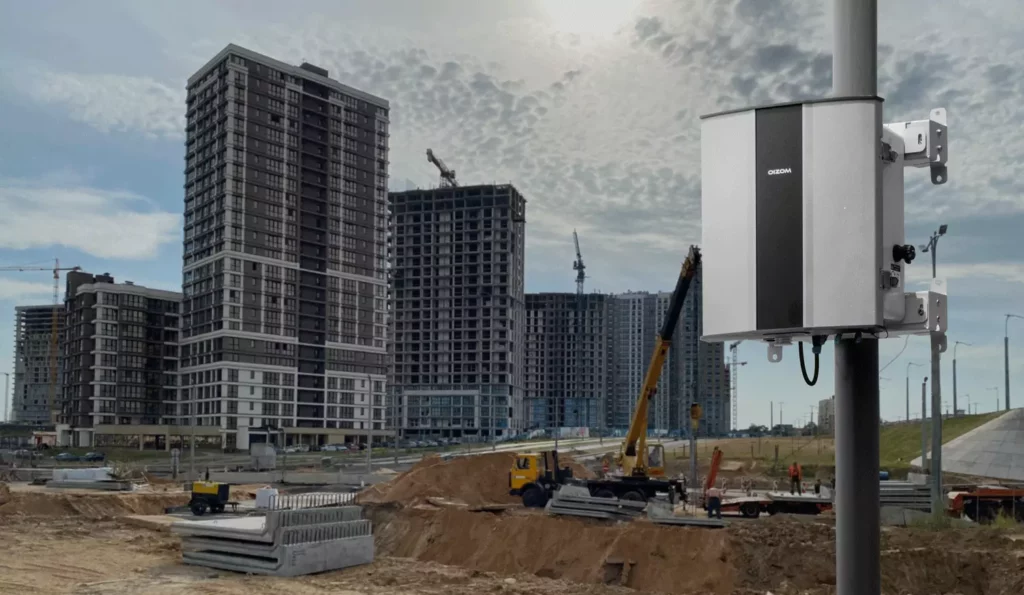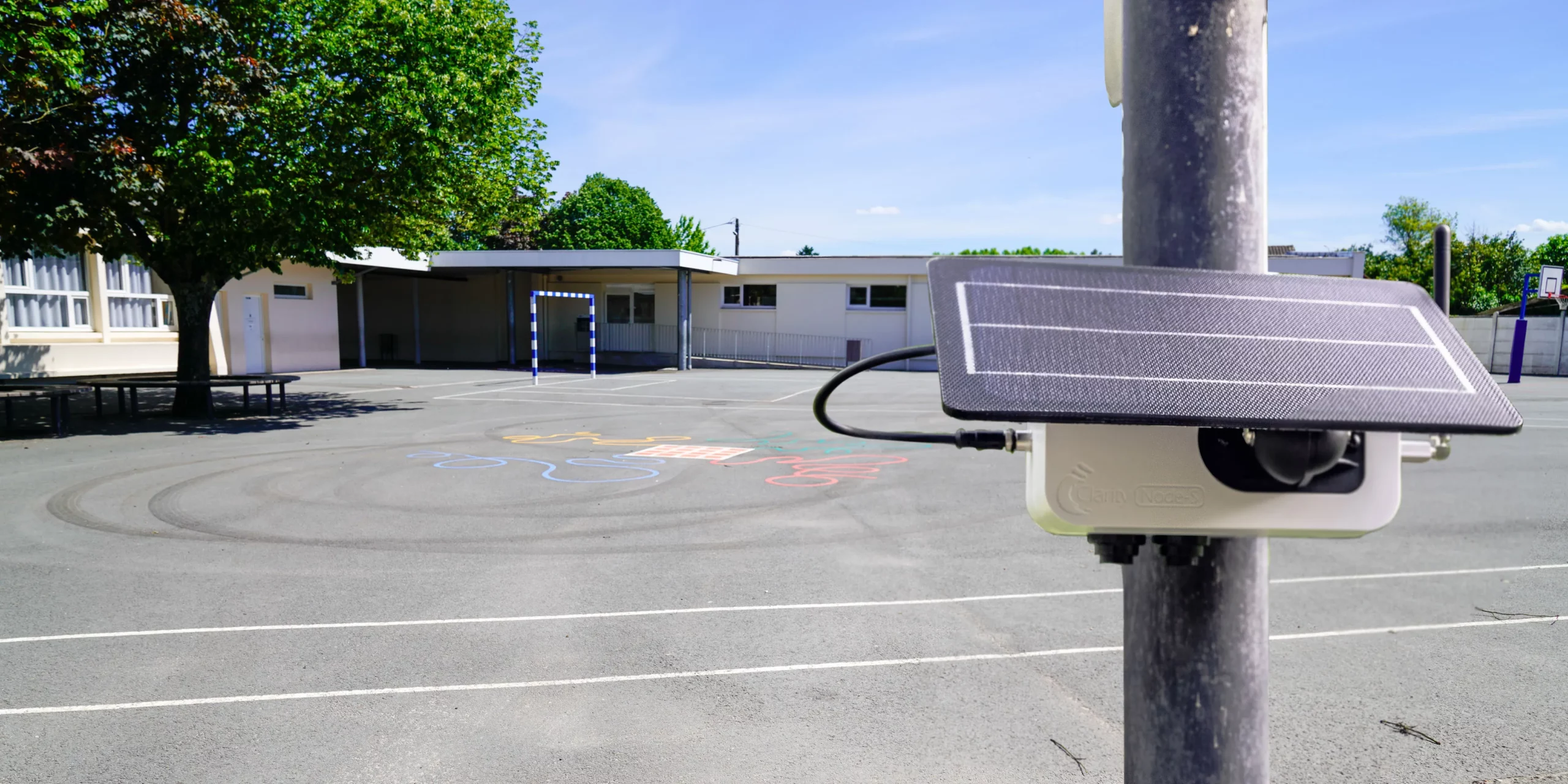Urban areas are centers of bustling activity, economic growth, and vibrant communities. However, they are also hotspots for air pollution due to increased industrialization, transportation, and population density. Monitoring the quality of the air in urban environments is crucial for the health and well-being of residents. Ambient air monitoring plays a pivotal role in assessing, managing, and improving urban air quality. In this article, we will explore the significance of ambient air monitoring in urban settings.

The Urban Air Quality Challenge
Urban areas face several air quality challenges:
- Pollution Sources: Urban environments are home to various pollution sources, including vehicles, factories, construction sites, and residential heating. These sources release pollutants into the air, impacting urban air quality.
- Health Implications: Poor urban air quality is linked to a range of health problems, including respiratory diseases, cardiovascular issues, and even premature death. Vulnerable populations, such as children and the elderly, are particularly at risk.
- Environmental Impact: Urban air pollution can harm ecosystems, damage buildings and infrastructure, and contribute to climate change. It also affects the quality of soil and water bodies within urban areas.
The Role of Ambient Air Monitoring in Urban Areas
Ambient air monitoring is vital in urban areas for the following reasons:
- Health Protection
- Early Warning: Monitoring provides early warning of deteriorating air quality, allowing individuals to take precautions, such as reducing outdoor activities on poor air quality days.
- Health Advisories: Authorities can issue health advisories based on monitoring data, informing residents, especially those in sensitive groups, about potential health risks.
- Policy and Regulation
- Emissions Control: Monitoring data is essential for evaluating the effectiveness of emissions control measures, such as vehicle emissions standards and industrial regulations.
- Evidence-Based Policies: Policymakers rely on monitoring data to develop evidence-based policies aimed at reducing air pollution and improving urban air quality.
- Data-Driven Decisions
- Targeted Interventions: Monitoring helps identify pollution hotspots and sources, allowing for targeted interventions and pollution control measures.
- Urban Planning: Data on air quality can influence urban planning decisions, such as zoning regulations and the placement of green spaces.
- Community Awareness
- Community Engagement: Ambient air monitoring programs often involve community engagement and education. They empower residents to participate in monitoring efforts, raise awareness about air quality, and advocate for cleaner air.
- Public Accountability: Transparency in air quality data holds industries and governments accountable for their role in air pollution, encouraging cleaner practices.

Innovations in Urban Air Quality Monitoring
Ambient air monitoring in urban areas has benefited from technological innovations:
- Low-Cost Sensors: Affordable air quality sensors allow for the deployment of extensive monitoring networks in urban neighborhoods, providing real-time data.
- Data Analytics: Advanced data analytics and artificial intelligence can process large datasets to identify pollution patterns, sources, and trends.
- Mobile Monitoring: Mobile monitoring units, including drones and vehicles equipped with sensors, can capture data from multiple locations within urban areas.
- Remote Sensing: Satellite technology and remote sensing enable the assessment of air quality over broad urban regions.
Conclusion
Maintaining good air quality in urban areas is essential for the health and well-being of residents, the sustainability of cities, and the preservation of the environment. Ambient air monitoring is a critical tool in achieving these goals. By monitoring air quality, providing early warnings, informing policies, engaging communities, and leveraging technological innovations, urban areas can mitigate the impact of air pollution and create healthier, more livable cities.
As urban populations continue to grow, it is imperative for cities to prioritize ambient air monitoring as an integral part of urban planning and environmental management. Clean urban air is not only a necessity for public health but also a fundamental right for urban dwellers around the world.
Frequently Asked Questions
How often is air quality monitored in urban areas?
Monitoring frequency can vary, but urban areas often have continuous monitoring stations that provide real-time data. Additionally, mobile monitoring units may be deployed as needed to assess localized conditions.
Are there specific measures individuals can take to reduce their exposure to urban air pollution?
Individuals can reduce exposure by staying informed about air quality, using air purifiers indoors, minimizing outdoor activities on poor air quality days, and supporting sustainable transportation options like public transit and cycling.
What are common urban air pollutants?
Common urban air pollutants include particulate matter (PM2.5 and PM10), ground-level ozone (smog), nitrogen dioxide (NO2), sulfur dioxide (SO2), carbon monoxide (CO), and volatile organic compounds (VOCs).
How can urban planning help improve air quality?
Urban planning can influence air quality by promoting green spaces, reducing traffic congestion through efficient transportation planning, and zoning regulations that separate industrial and residential areas.
What role can technology play in reducing urban air pollution?
Technology can contribute to reducing air pollution in urban areas by supporting clean energy sources, improving the efficiency of transportation systems, and providing real-time data for pollution control measures.







